What Is The Heavy Metal Poisoning?
Definition of Heavy Metals
A heavy metal is defined as a metal with a specific gravity greater than 5. Generally, a heavy metal exhibits a density above 4.5 grammes per cubic centimetre and possesses an atomic weight exceeding 55. For example, Iron has an atomic weight of 56 and is thereby classified as a heavy metal.
Effects on the Human Body
Heavy metals can induce irreversible changes in protein structure, which consequently impairs the function of tissues and cells. They may enter the body through ingestion, inhalation or direct contact, thereby disrupting normal bodily functions when their concentration exceeds a threshold. In contrast to other toxins, heavy metals are not eliminated following hepatic processing. Instead, these metals accumulate in major organs, notably the brain and kidneys, and cause functional damage, genetic mutations and alterations in cellular inheritance.
Heavy Metal Contamination in Foodstuffs
Not all heavy metals are detrimental to health. Certain heavy metals, namely Calcium, iron, Zinc, Selenium and Copper, are naturally present in human and animal bodies. They are essential for biological function. However, exceeding acceptable concentrations yields adverse effects on the environment or organisms. During food production, heavy metals are most readily incorporated. Reported limits in foodstuffs are as follows. The permitted Cadmium concentration is 0.03–0.2 mg/kg. The permitted Arsenic concentration is 0.1–0.7 mg/kg. The permitted Mercury concentration is 0.01–0.05 mg/kg. The permitted Lead concentration is a maximum of 1 mg/kg.
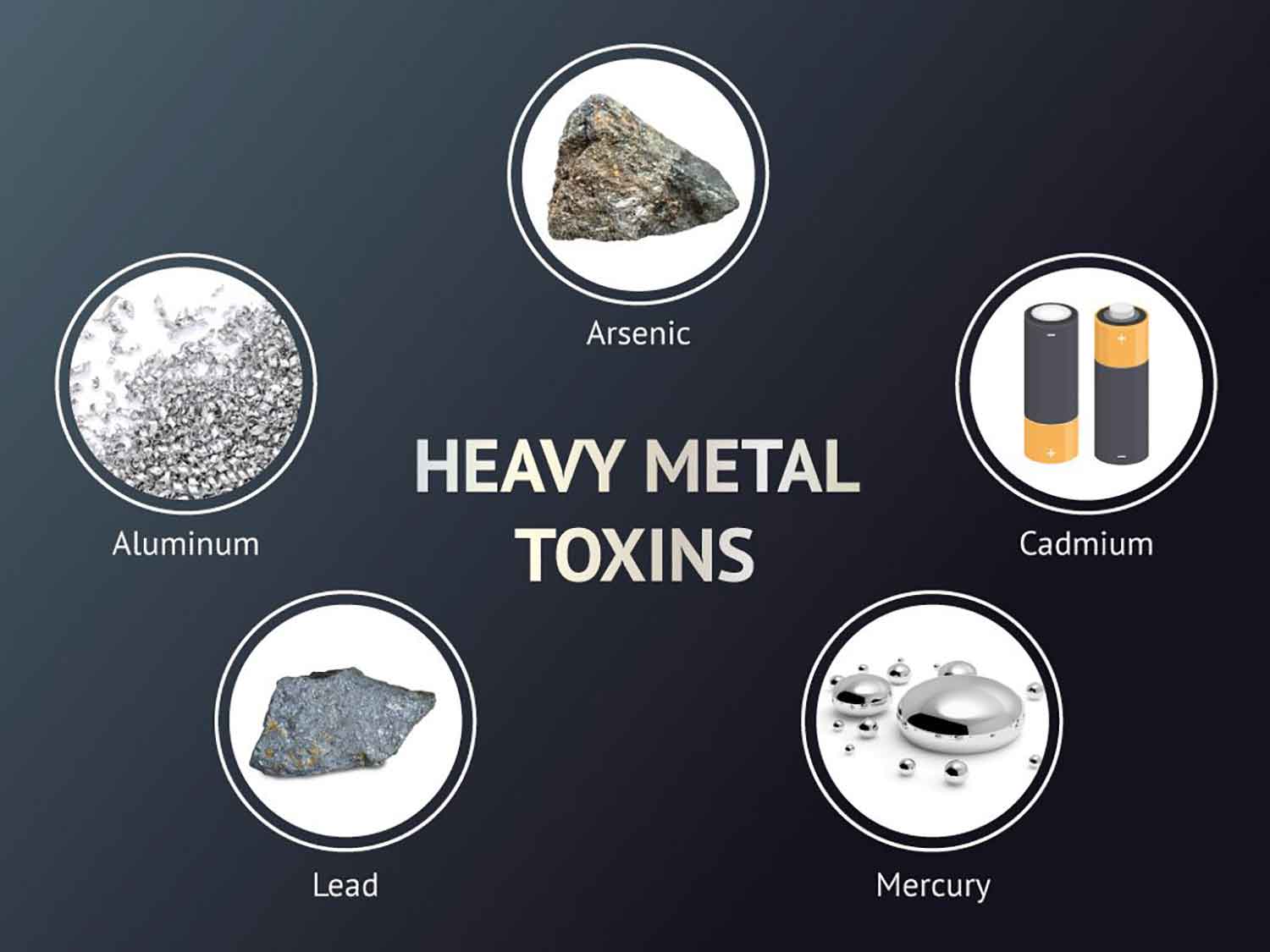
Specific Heavy Metals and Their Effects
Cadmium can irritate the respiratory system and may cause cadmium poisoning. Once absorbed, Cadmium accumulates in the liver or kidneys and damages several internal organs, particularly the kidneys. Excessive Cadmium absorption results in a significant loss of calcium and phosphorus, thereby leading to marked bone demineralisation. Inhaled Cadmium may exacerbate respiratory conditions, including obstructive pulmonary disease and chronic bronchitis.
Lead is neither an essential element for the human body nor does it offer any health benefit. Lead is among the most toxic heavy metals and is difficult to remove or metabolise after entering the body. Chronic lead exposure negatively affects the nervous system, digestive system, haematological system as well as the reproductive system and kidneys. Medical research has indicated that women are more sensitive to the toxic effects of Lead. Lead exposure in perinatal women can damage the health of foetuses and infants through placental transfer and breast milk. Children are in a period of growth and development. Their nervous system and endocrine tissues are not fully matured, and their metabolic rate is higher than that of adults. Consequently, they are more vulnerable to Lead toxicity at equivalent doses.
Heavy metals are ubiquitous in daily life. Knowledge of their properties enables proper management. Cosmetics have increasingly become essential. Users prioritise the efficacy of bleaching agents, moisturisers and anti-wrinkle products. They seldom consider the risk of contact dermatitis or heavy metal accumulation over time. The primary method to avoid heavy metals in cosmetics is to refrain from their use. Lead may be absorbed via inhalation as well as through the digestive tract. Studies have demonstrated that increased consumption of food items such as oranges, apples, fly agarics, algae and cabbage enhances vitamin supply. This reduces Lead uptake, thereby preventing Lead poisoning.

 Bars
Bars
 Beads & Spheres
Beads & Spheres
 Bolts & Nuts
Bolts & Nuts
 Crucibles
Crucibles
 Discs
Discs
 Fibers & Fabrics
Fibers & Fabrics
 Films
Films
 Flake
Flake
 Foams
Foams
 Foil
Foil
 Granules
Granules
 Honeycombs
Honeycombs
 Ink
Ink
 Laminate
Laminate
 Lumps
Lumps
 Meshes
Meshes
 Metallised Film
Metallised Film
 Plate
Plate
 Powders
Powders
 Rod
Rod
 Sheets
Sheets
 Single Crystals
Single Crystals
 Sputtering Target
Sputtering Target
 Tubes
Tubes
 Washer
Washer
 Wires
Wires
 Converters & Calculators
Converters & Calculators
 Write for Us
Write for Us
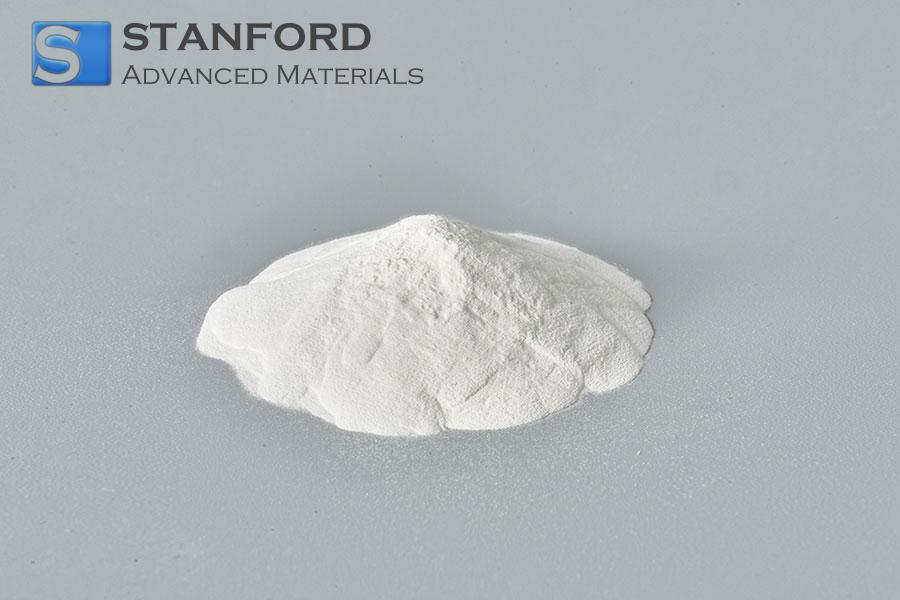
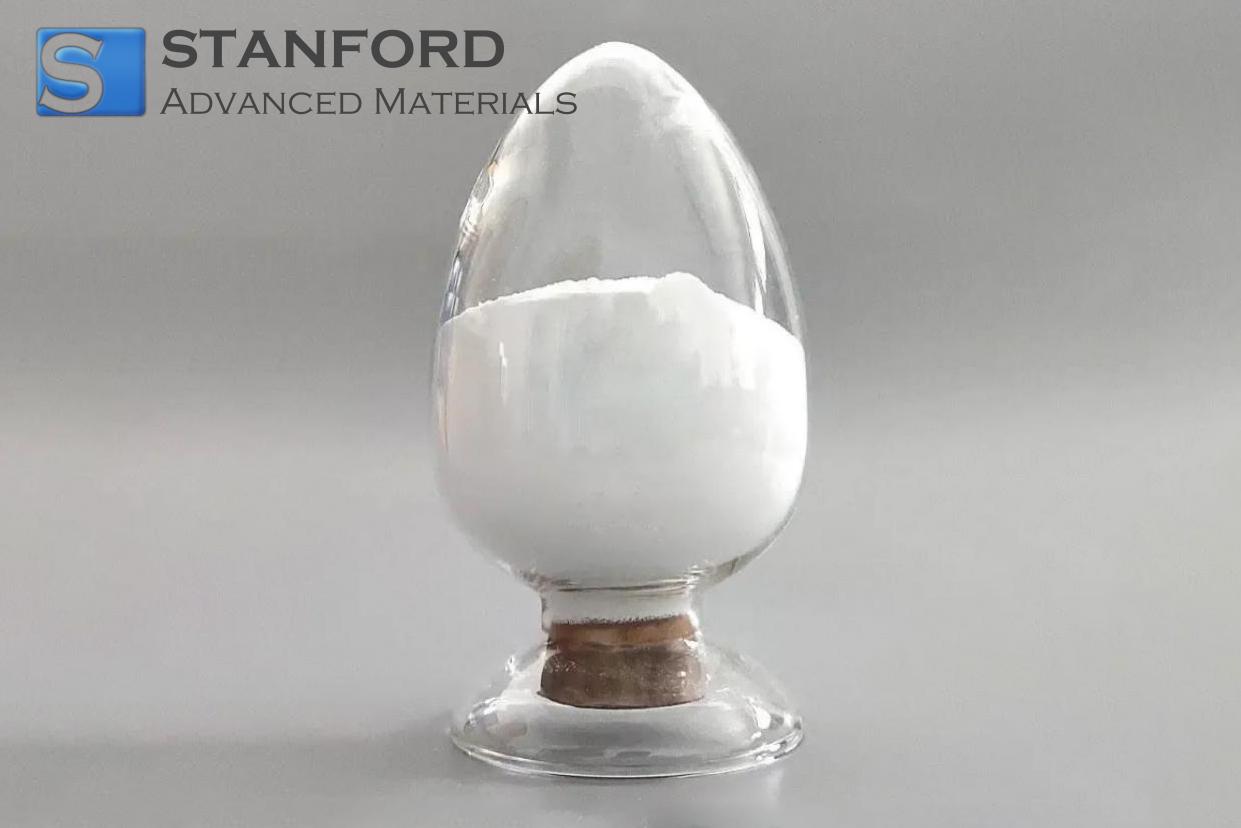
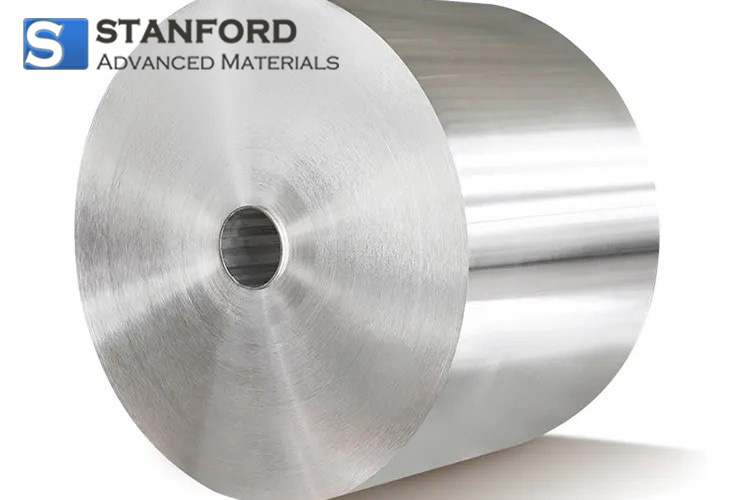
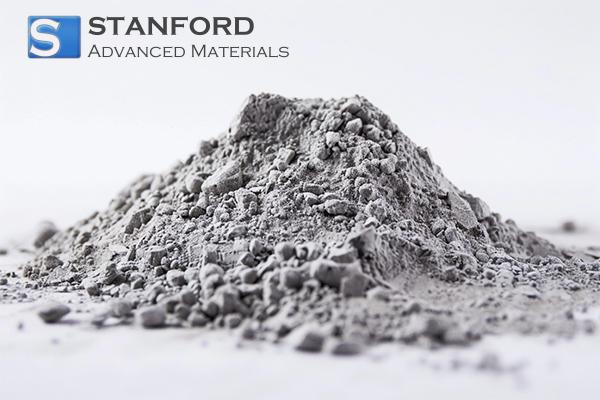
 Chin Trento
Chin Trento



